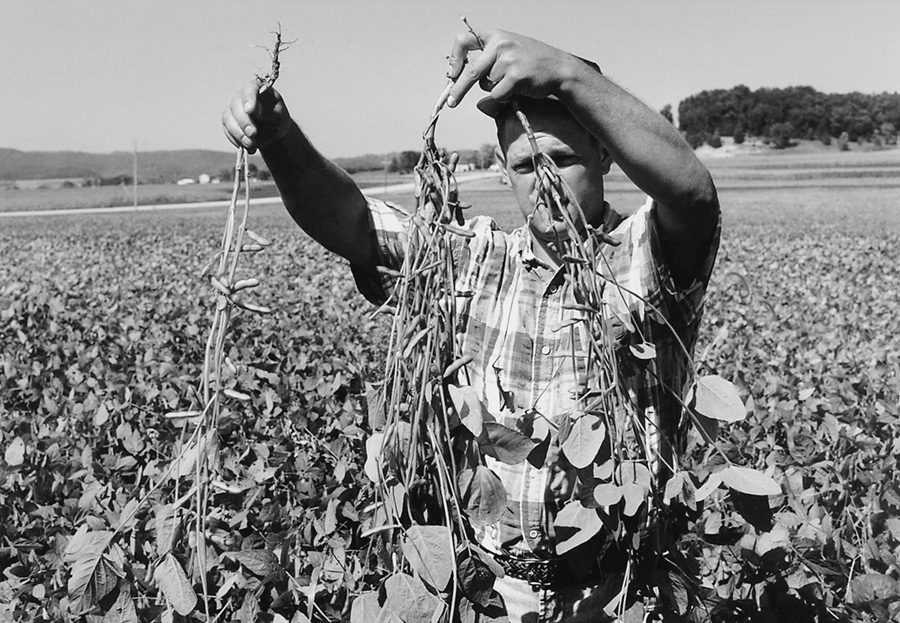No-Till Farmer
Get full access NOW to the most comprehensive, powerful and easy-to-use online resource for no-tillage practices. Just one good idea will pay for your subscription hundreds of times over.

If there's anything that Jim Leverich isn’t, it’s a follower.
While neighbors were buzzing about the exciting realm of 7-inch row soybeans, this no-tiller from Sparta, Wis., took an objective approach.
“Most of the research I’ve seen lately is geared toward moving people from 30-inch rows down to 7-inch rows,” he says. “But new Wisconsin research shows that the best soybean yields planted with the corn planter could be achieved at 14-inch rows.”
With this in mind, the Monroe Co., Wis. Ag Agent set up his own test plots, comparing 7-, 14- and 21-inch rows. He also assessed the impact that different row spacings had on white mold disease, a major concern to Wisconsin no-tillers.
“We planted different populations for the different spacings,” he says. “We were trying to see if we could get the soybeans to produce in 21-inch rows and not sacrifice yields. If so, we could save seed costs and still use the same corn planter for no-tilling corn and soybeans.
“The yields were all essentially the same. That might mean exciting things about saving money in no-till seed costs.”
Leverich’s test plots all got an application of 200 pounds per acre of 9-30-30. “It should feed the soybeans all the nutrients they need,” he says. “We put a little nitrogen in there because since it’s no-till, it’s recommended.”
Besides saving on seed costs, Leverich noticed a few other benefits to making the switch back to 14-inch rows.
“The soybeans don’t seem to lodge…